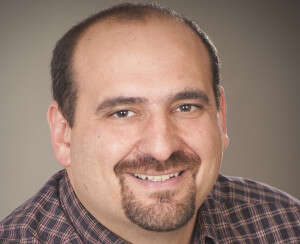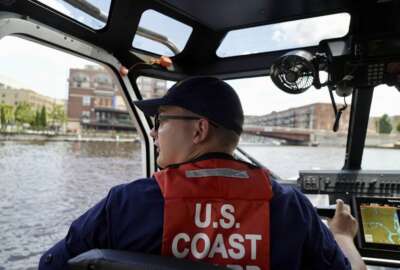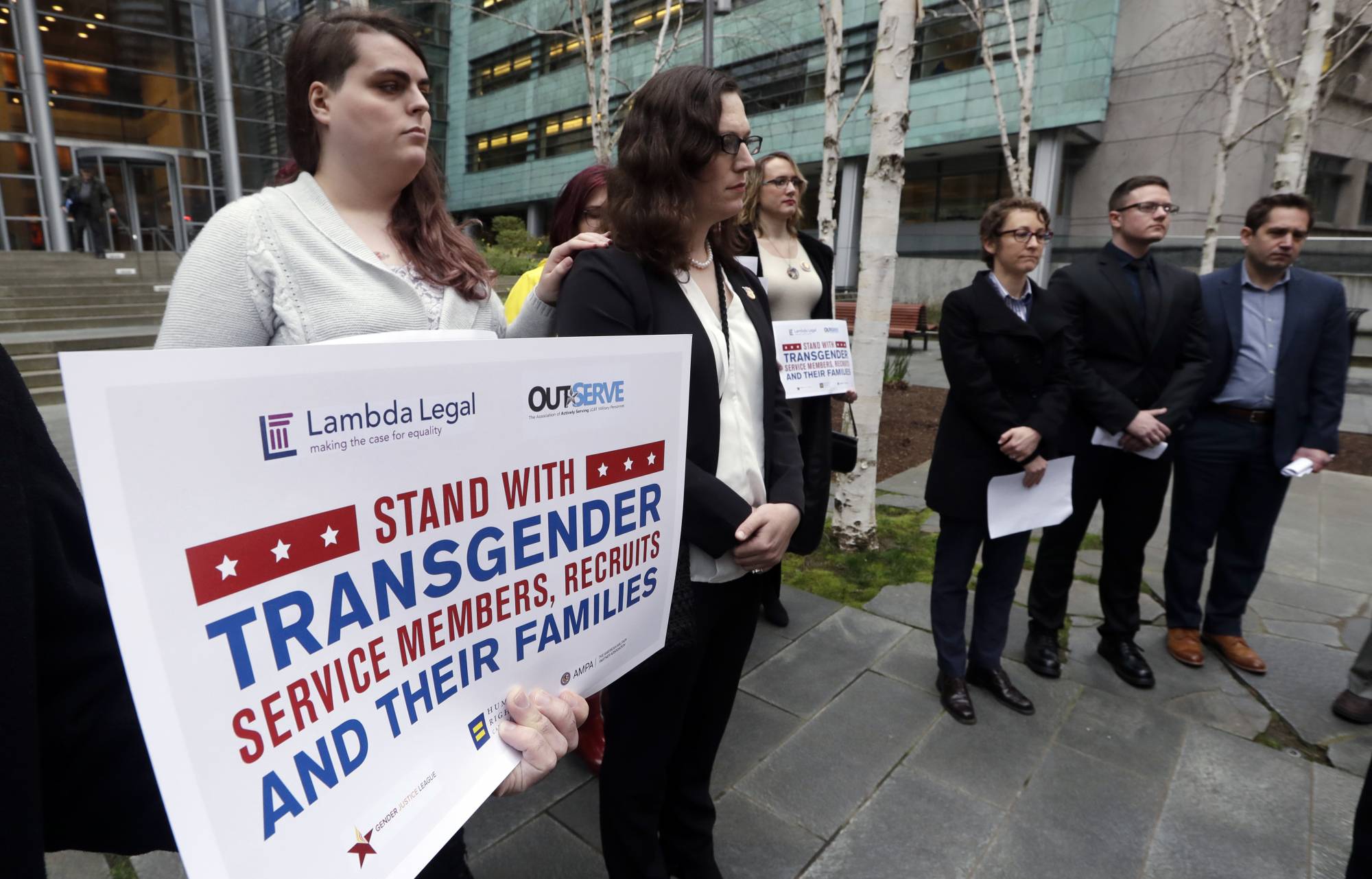Insight by Leidos
DoD Cloud Exchange 2023: Space Force, Marine Corps and Leidos leaders on taking tactical advantage of data in the cloud
Space Force, Marine Corps and Leidos experts discuss how the cloud is enabling smart data use and improving decision-making by warfighters during Federal News...
When it comes to data in the cloud, Brian DeLong, chief technology officer for enterprise ground services at the Space Force, likes to make a simple analogy.
“We inadvertently in the technology world talk about data as a one-size-fits-all approach. We have to not get stuck trying to eat soup with fork. I think a lot of this, as we work through the data and the cloud, is being smart and educating all of us as to what the needs are and what we mean with certain terms,” DeLong said during a panel discussion for Federal News Network’s DoD Cloud Exchange 2023 that also featured Renata Spinks of the Marine Corps and Sandra Lopez of Leidos.
“How do we put the right tool in the right place for the right person to actually do the job that they’re tasked with?” he asked. The idea is the spoons, forks and knives go in their respective slots in the silverware drawer, DeLong said. That way, when warfighters set their proverbial table for dinner, they know not only where to find each utensil but also their role in creating the perfect meal.
And those choices must be made based on a variety of command and control inputs. There’s real-time data, near real-time data and long-tail data that we’re working through. It’s why decision-making framework is needed, he said.
“Part of it’s just being able to articulate and talk about those in such a way that we can communicate effectively and efficiently around what we need to put in place,” DeLong suggested.
The cloud makes data more accessible and — in some ways — easier to use, but it also brings a new set of complex challenges, he said.
Cultivating data to drive decisions
By working with a sister organization, the Cross Mission Data Branch within Space Force’s command and control organization, DeLong said the service aims to get smarter about how it uses data and how it makes it available.
“Training our entire force to get smart about cultivating that data, how to get that data to make the decisions and impact the decisions that they want to make there, is a big focus,” he said. “Rather than just being requirements that we need in XYZ field, how do we get smarter about our data delivery across the board?”
Ultimately, it impacts everyone, from the front lines to the back office and is also everyone’s responsibility too, he said.
Like Space Force, the Marines Corps is facing a similar challenge in making its data more valuable and readily available.
Spinks, assistant director and deputy chief information officer of command, control, communications and computers for the Marine Corps, said the corps has a service data officer, Colin Crosby, whose position is similar to a chief data officer and is focused on tagging data to make it more useful.
“We are seeing a high demand in requirements for making sure that we no longer create data lakes, that we actually don’t create data swamps, but we actually create informed data repositories,” Spinks said. “We need to distribute the ownership of the rules and the management of those data products closer to where they are generated. Along with that comes the mining of the data, not having to replicate the data and not having to move it all the way up to the top. Remember, the data is generated for different purposes.”
The potential of applying AI/ML
Spinks said the Marines are starting to lean into using artificial intelligence and machine learning to use the data for multiple reasons. And that is leading the corps to consolidate its data and use it as intelligence to drive decision-making.
“I think artificial intelligence and machine learning investments are going to be very helpful there. Being able to have algorithms that can be trained to understand the repetition that occurs,” she said. “After that pattern is created, artificial intelligence and machine learning will help us learn all of those repetitious things that we do every day.”
By using AI/ML to take on repetitive tasks, the service ca focus on addressing intelligence-driven decisions in ever-changing environments, she said. It’s an area she sees Defense Department organizations seeking help from industry.
“That’s going to be very critical to how we manage our data and make sure that all the solutions that we’re trying to provide to the warfighters, and not just warfighter in theater, a lot of people think about deployments, but even what I would call rear-detached and stateside,” Spinks said. “There are so many opportunities to use automation to free up those skill sets to work on some of those more unique problems that we often can’t anticipate.”
Using DeLong’s analogy, Spinks said managing the data — identifying commonalities, as well as classifying and tagging data — is more important than ever.
“If you want to use Brian’s analogy, you’ve got to have a drawer to put the silverware in, and then you need the drawer that has the sections for the fork, the spoon and the knife,” she said. “If you don’t have a taxonomy that works for your users, or your warfighters, then everything else is probably for naught because that is your limitation. That’s something that the Marine Corps is definitely focusing on.”
The continued move to and advancement of the cloud is making all the data the Marine Corps, Space Force and all of DoD collects more manageable, Spinks said.
Moving data closer to the edge
Lopez, enterprise and cyber solutions operations chief technology officer at Leidos, said having the right tools and trained industry and military service members and civilians is foundational for how the warfighter uses data today and in the future.
“If we can start applying AI/ML technology closer to where the data is generated, then we don’t have to move all the data upstream. We just have to take the outcomes of that analysis and feed it for insight,” Lopez said. “Then we make sure that we inventory the data properly, and that we attach it to the right domain for ownership and authenticity. It’s just absolutely as critical as it is to consume it from an outcomes perspective.”
Part of getting the data inventoried properly and attaching the right domain ownership and authenticity hinges on the governance rules.
Lopez said moving the rules closer to where data is generated and where warfighters are using it to meet mission goals is also key.
“The data is normalized so that it can be consumed, so that it can be used for the purposes of insight and intelligence. Very recently, someone brought to my attention that is everything is not about intelligence, it’s about insights,” she said. “So, I think to a large extent, they are going to have to walk a tightrope in harmonizing enterprise needs with warfighter needs and find a common set of rules that applies from a data governance perspective.”
Hybrid cloud a necessity
Both Space Force and the Marines Corps are leaning on hybrid clouds because of these complexities.
DeLong said Space Force’s hybrid cloud strategy focuses on working at multiple classification levels and multiple locations.
“Integration of capabilities is really what we’re going after — to try and accelerate what I call the transition lifecycle for capabilities across the board,” he said.
Because of that challenge, his team has taken a top-down approach to security practices to allow for easy movement of data up the security chain. “We’ve actually taken the initiative to bring that down from the higher classification levels, rather than work up from the unclassified,” DeLong said. “We’re bringing a lot of those really, really good security practices and bringing those down to the unclassified level to actually go after that.”
He added that the service is taking a “pipeline of pipelines approach” to scale that out across the enterprise with the goal of maximizing reuse and leveraging capabilities across all classification levels where appropriate.
The Marines Corps’ hybrid cloud approach to manage its data has evolved to focus more on capabilities and less on consolidation, Spinks said.
While the adoption of a hybrid cloud strategy across all of DoD clearly is being driven by mission needs, it will demand cultural change, Lopez noted. It’s a big challenge for all agencies, she said.
“For the longest time, the cloud was for the big things that are unclassified that might be of generic enterprise use and value. Now we’re starting to see mission-specific needs moving to and being hosted in the cloud — and being availed with the capabilities of the cloud. That is a complete change for the warfighter,” Lopez said. “They’re going to find speed. They’re going to find fun in what they’re doing. Their user experience interacting with that technology is going to reenergize them from the edge.”
To read or watch other sessions on demand, go to our 2023 DoD Cloud Exchange event page.
Copyright © 2025 Federal News Network. All rights reserved. This website is not intended for users located within the European Economic Area.
Related Stories
Featured speakers
-
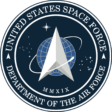
Brian DeLong
Chief Technology Officer, Enterprise Ground Services, Space Force
-
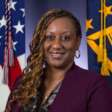
Renata Spinks
Assistant Director/Deputy CIO of Command, Control, Communications and Computers, Marine Corps
-

Sandra Lopez
Enterprise and Cyber Solutions Operations Chief Technology Officer
-

Jason Miller
Executive Editor, Federal News Network
On DoD
Upcoming Events
Related Stories
Top Stories

Brian DeLong
Chief Technology Officer, Enterprise Ground Services, Space Force
Brian has spent the last 20+ years innovating at the crossroads of business and technology, applying design patterns, best practices, and lessons learned across multiple industries, from flight test telemetry hardware and software to virtual reality sports training.
Currently, Brian leads a 300+ cross functional multi-disciplined team in the modernization of tactical C2 ground systems as part of Space Systems Command (SSC), a United States Space Force field command responsible for space capability acquisition. In this role, Brian champions and co-chairs the Service Catalog Board (SCB), establishing the criteria and governance for identifying, transitioning, and adopting enterprise technology services supporting missions that deliver space-based capabilities to the U.S. joint forces.
Brian also spearheaded the creation of Canopy, a 50,000+ square foot multi-classification tactical C2 center of excellence and innovation, offering a unique innovation ecosystem enabling rapid delivery and deployment of tactical and Cross-Mission Ground satellite operations C2 capabilities and technologies. The Canopy team has created numerous synergies and alignments across internal and external SSC organizations to include the pioneering of consumption based models and acquisition strategies for both hardware and software as a service (aaS) models, strategic hybrid multi cloud architectures, and multiclassification DevSecOps pipelines and collaboration platforms. These initiatives have been recognized for their key contributions to the acceleration and culture change of the enterprise by the bestowing of team and individual contributor awards from multiple levels of the Space Force including the highest honor of Chief of Space Operations recognition.

Renata Spinks
Assistant Director/Deputy CIO of Command, Control, Communications and Computers, Marine Corps
Ms. Renata Spinks currently serves as the Assistant Director/Deputy CIO of the Command, Control, Communications, and Computers (C4) Department at Headquarters Marine Corps. In this capacity, she also serves as Senior Information Security Officer for the Marine Corps.
Ms. Spinks was appointed to the Senior Executive Service in August 2021, having joined Executive Service as a Senior Leader in August 2018 where she served as the nation's first Cyber Technology Officer; serving at Marine Forces Cyberspace Command (MARFORCYBER). Prior to Ms. Spinks' assignment to MARFORCYBER, her career path included serving in the US Treasury Department Office of Financial Research, US Treasury IRS, and the Department of Homeland Security. Prior to her public service she also served in the US Army and is a decorated combat veteran (28th Combat Support Hospital, US Army 44th Medical Command.)
Ms. Spinks holds a BS in Information Systems with a minor in Criminal Justice, a MS in Technology Management with a concentration in Systems Engineering, multiple information technology industry certifications. She serves her community by volunteering on the Council of Advisors for St Augustine's University, is one of two founders of a Non-Profit organization --Rising Footsteps, loves to read, sing and write and is an active member of Delta Sigma Theta Sorority, Incorporated.
Some of her awards include 2022 Fed 100, 2022 FedScoop 50 for Federal Leadership, 2022 Meritalk Cyber Defender, 2021 State of NC Living Legend and 2020 Stars and Stripes Becoming Everything You Are (BEYA) SES of the Year.

Sandra Lopez
Enterprise and Cyber Solutions Operations Chief Technology Officer
Sandra Lopez is the Chief Technology Officer for the Enterprise IT & Cyber Solutions (E&CS) organization within Leidos Defense. Sandra influences and directs technology innovation for the E&CS portfolio of programs across the Army, Navy, Air Force, DISA, NATO, and defense agencies. Her responsibilities include developing short-, mid-, and long-term technology and program-specific strategic plans for the organization and advising on how to achieve them tactically. Sandra’s knowledge and experience inform Leidos’ service offerings in software integration, systems deployment, and operations management services for enterprise management, cloud solutions, and cybersecurity. She provides value-added solutions architecture support to Leidos’ business development and capture management organizations tailored to customer needs, including design, development, engineering, integration, accreditation, deployment, and operations. She has supported projects for U.S. DoD and Intelligence Community agencies in IT modernization, cloud hosting, model-based systems engineering, data analytics, augmented intelligence, and machine learning.
Previously, Sandra served in technical leadership roles at SAIC, Engility, AT&T, and Telcordia Technologies over a 38-year career in IT and telecommunications networks management. She managed geographically dispersed technical teams that delivered innovative professional services support to international network service providers, the U.S. Government, all major U.S. telecommunications carriers, leading network equipment vendors, and Fortune 500 enterprises in the United States, Europe, and Middle East. Sandra has experience in delivering managed services and technology management solutions that include network and data center operations management services. Her customers have benefitted of improvements in many Key Performance Indicator areas, including availability, service delivery, quality of service, and customer satisfaction (e.g., 20% improvement in First Call Resolution, sixfold reduction in daily ticket volumes, more than 90% improvement in mean time to repair, 270% improvement in average ticket pickup times, nearly 40% reduction in NOC staff levels).
Sandra holds a master’s degree in operations research from Georgia Tech and a bachelor’s degree in industrial engineering from the University Of Puerto Rico. She is fluent in Spanish and on her spare time loves to bike and kayak.

Jason Miller
Executive Editor, Federal News Network
Jason Miller has been executive editor of Federal News Network since 2008. Jason directs the news coverage on all federal issues. He has also produced several news series – among them on whistleblower retaliation at the SBA, the overall impact of President Obama’s first term, cross-agency priority goals, shared services and procurement reform.

